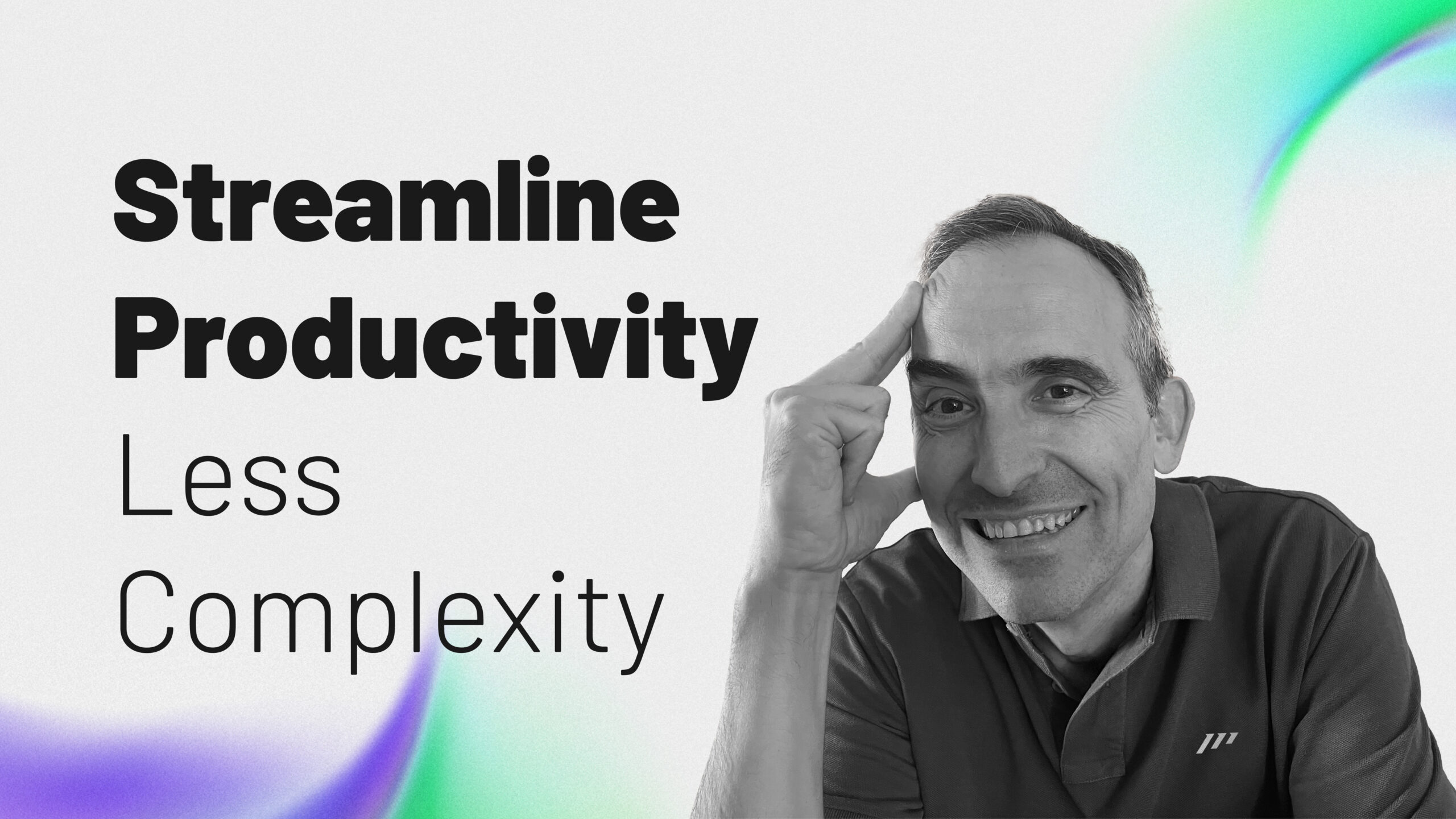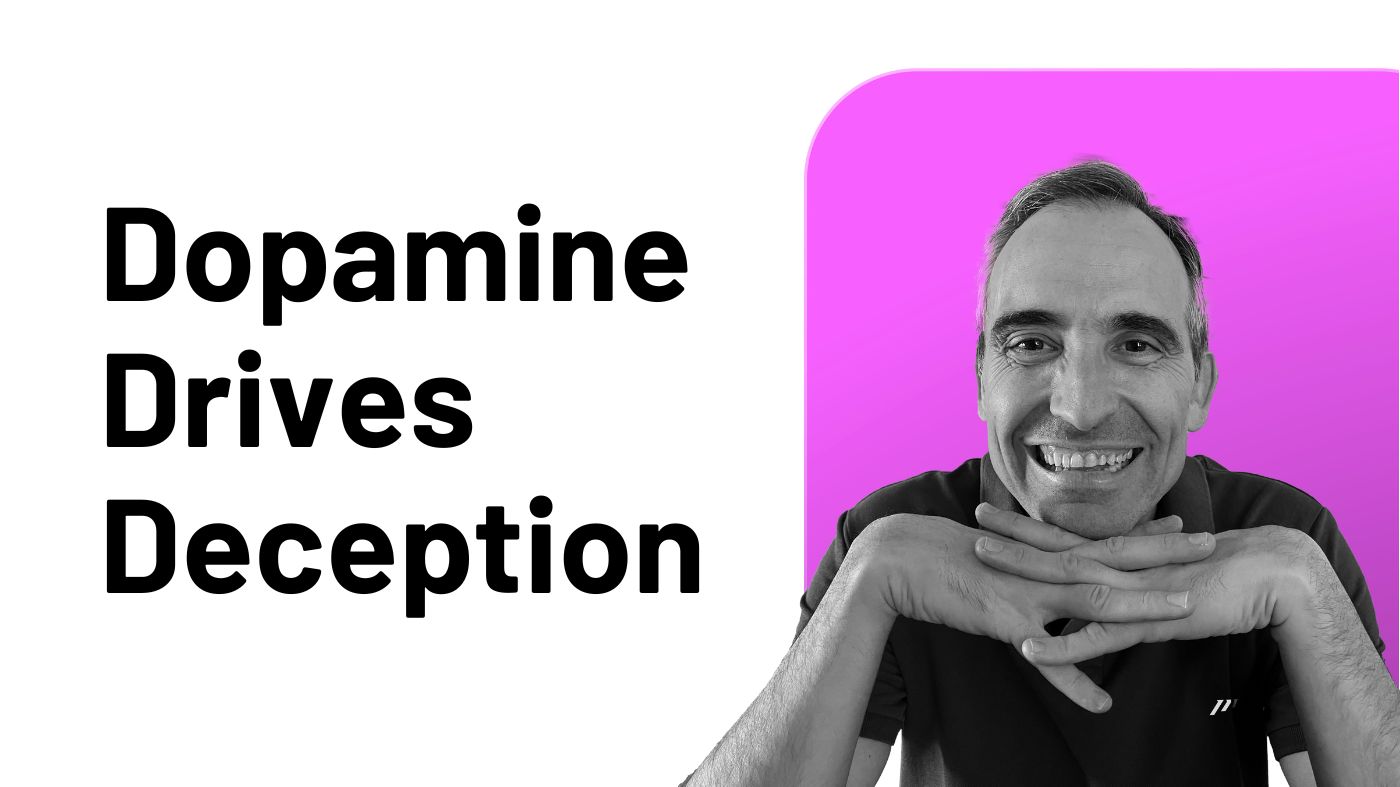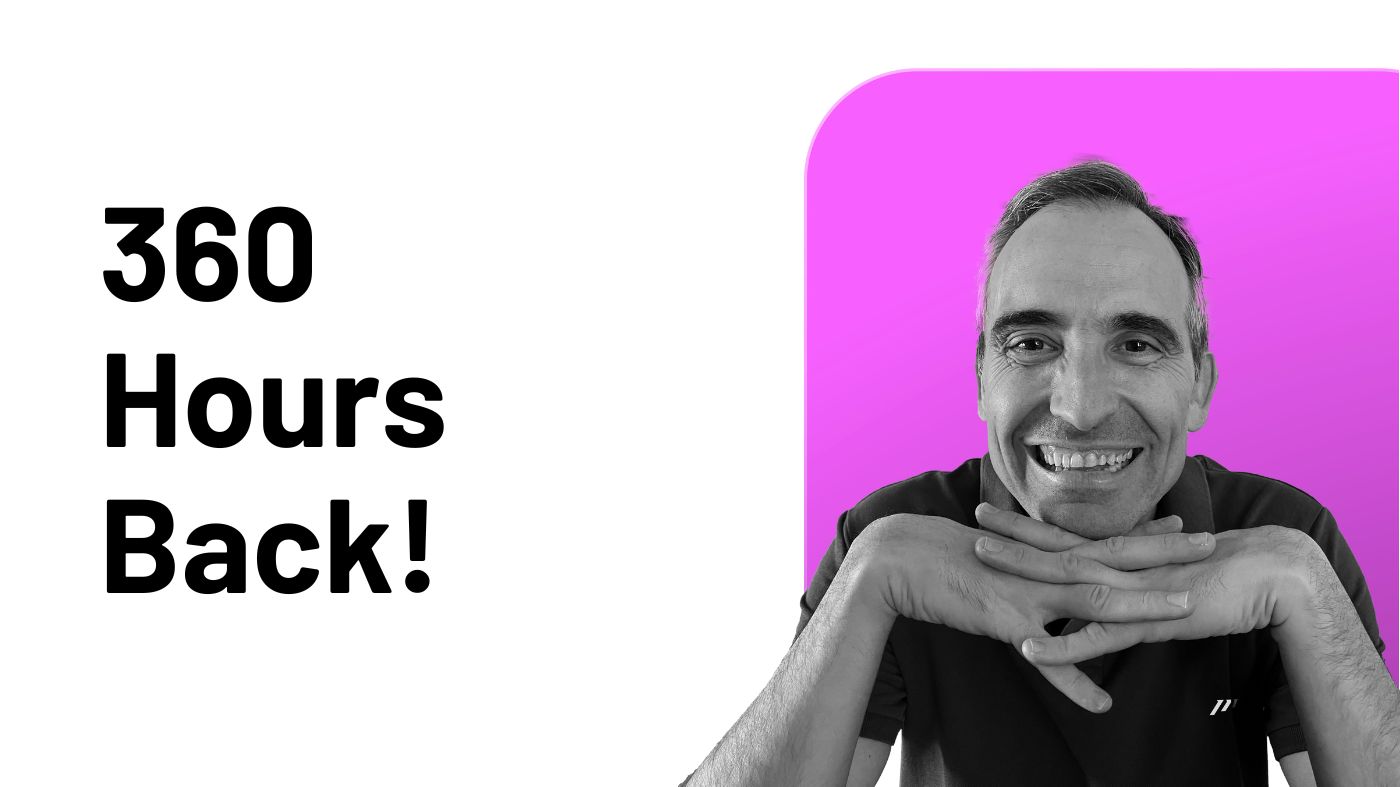Maybe you’re dealing with any of these problems:
- You have a massive bunch of apps.
- You don’t know which one is best for what you want to do.
- You start having the same info across the different apps.
- You cannot easily find or retrieve the information when you need it.
- You have your information scattered through too many apps.
The solution to all this can be summarized in just one word: simplification.
Just by simplifying things, you can gain clarity, improve your performance, and enjoy the peace of mind you’re aiming for (and deserve).
You just need to follow these 3 steps.
Step 1: Reframe Your Existence
At the Paperless Movement®, we have designed a 3-layer ecosystem, named ICOR®, that allows you to make all that by offering you limitations, reducing the infinite to something specific, clear, and easy to manage.
ICOR® reframes your existence by focusing on 2 different worlds:
- The information world. Everything related to Knowledge Management.
- The action world. Everything related to Task Management and Project Management.
That way, you start simplifying things because, now, you face the world, your work, and your life from a radically different perspective.
Now you know how to look at reality because you’ve radically reframed it!
Step 2: A Core App for Each World
Now, you need to find and start using an app you feel comfortable with for each world.
Forget about more at this moment. Just one app for each world. Remember: you’re simplifying your life.
Although some apps try to cover it all, it’s much easier to find apps with powerful features for each of those 2 worlds.
For example, if you focus on the information world, you can bet on apps like Heptabase, Mem, Workflowy, Obsidian, Roam Research, Logseq, or Tana.
They’re apps that were thought, designed, and developed to handle information, to help you think, allowing you to store and easily retrieve your information.
If we move to the action world, you can try apps like Todoist, ClickUp, Things, Asana, or Sunsama.
These pieces of software were thought and designed to handle goals, projects, tasks, or to-dos, what we call Output Elements inside the ICOR® world.
By selecting a specific app for each world, you’re leveraging the strengths of those applications to your advantage, helping you get the most out of them to improve how you work and live.
These 2 apps are what we call core apps inside our ICOR® Framework because they represent the foundational core of your productivity system.
Step 3: Choose Your Satellite Apps
Now that you’ve built a solid foundational core, you need to start paying attention to how you complement it to improve it.
That’s the moment to pay attention to the processes you face daily: are they covered by your core apps, or are you missing something?
Try to force the things to use your core apps as much as possible because, at this stage, your main goal is to reduce your number of apps to a minimum.
That’s how you find simplicity. That’s how you get away from the rabbit hole you came in.
Study if those processes generate friction inside your workflows and core apps. If so, it’s the moment to look for specific apps that perform well in concrete processes.
That’s why we call them satellite apps, because they’re around the core apps, giving you real added value due to two reasons:
- You know you need them.
- They excel at what they do.
For example:
- A reminder app such as Reminders will usually cover your needs better than any other core app.
- An instant messaging app like Slack will usually work better than your core apps.
- A calendar app such as Vimcal, Cron, or Fantastical should usually cope better with your events.
The beauty of Satellite apps is that you can easily change them whenever a new app appears. That allows you to improve that specific and concrete process.
They allow you to easily improve your productivity architecture without assuming risks or dramatic changes.
You evolve and improve fast and easily.
Again: you’re bringing simplicity to your life!
Takeaways
There you got it!
This is how you can easily reframe your current situation.
- Step 1: face your reality by splitting it into 2 worlds (information and action).
- Step 2: with that bird’s eye view, dedicate the time to choose a core app for each of those 2 worlds.
- Step 3: zoom in and pay attention to gaps your core apps don’t cover, looking for specific satellite apps, specialists, and experts in such features.
This is how you can move from chaos to simplicity…
… and simplicity always pays off!




